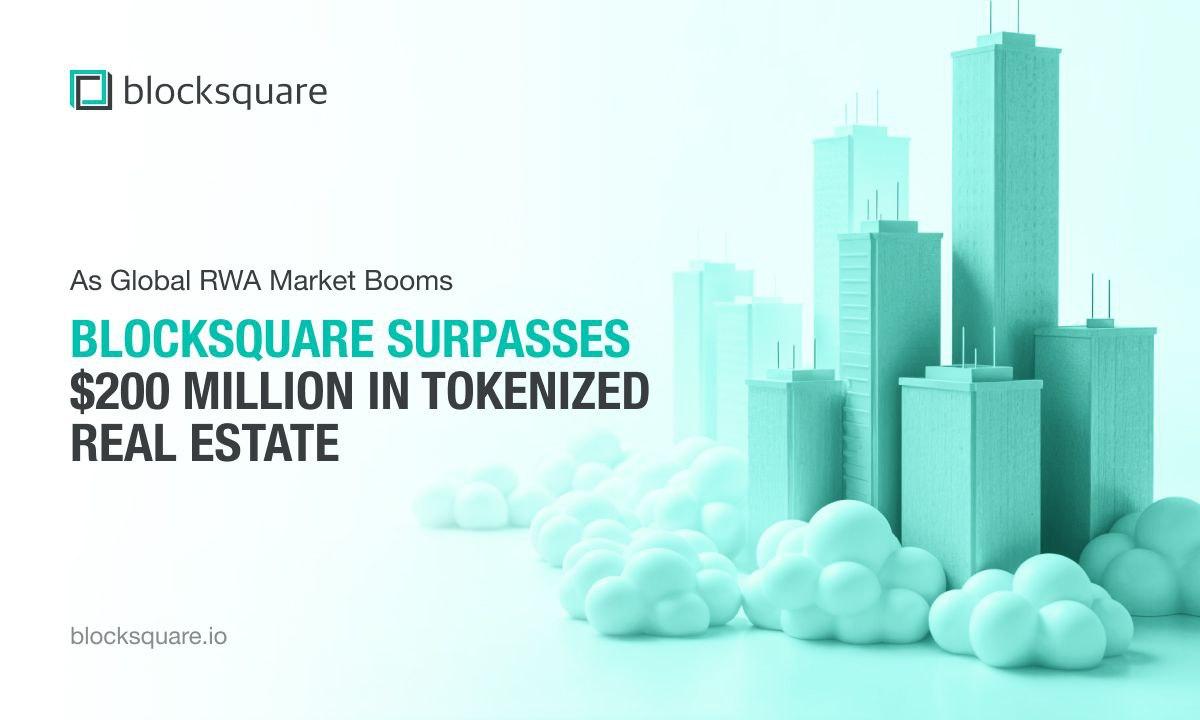Why Does Bitcoin Layer 2 Stacks Still Have Outstanding Potential In The Future?
After the launch of ordinals NFT, there will be massive trading opportunities for the Stacks STX Token.

We have four main reasons to believe this.
- The BTC halving will take place in about a year. Security after the halving will draw more attention to the second layer of BTC. At the same time, the market is also looking for trading opportunities related to halving and higher volatility.
- STX is currently the complete second layer of BTC and the only Circulating Token project in the second layer of BTC. The ratio of FDV of ETH to Ethereum Layer 2 has reached 200/60 = 3.33 times, but the ratio of BTC to BTC Layer 2 is only 480/1 = 480 times.
- While the valuation of second-tier Ethereum is more reasonable than that of second-tier BTC, the gap should not be 144 times. If the gap is reduced to 14 times, STX still has room to increase the price more than 10 times. Also, it is not without reason that the valuation of STX itself is close to the second layer of the first Ether, and the FDV of the public chain is around 10 billion.
- Like ETH: LDO did at Merge, BTC halving markets will tend to look for small-cap opportunities associated with it at the same time. The story of STX is similar to Solana, it cost $1 at the time, and it was very easy to get allocations from fund managers who didn’t want to hold large-cap BTC, and that was a valuable treat.
The halving of Bitcoin will be happened in about a year (specifically, early March 2024) — in the past, BTC never had to worry about halving as the price continued to increase in the process of building consensus. The problem of reducing security costs after half a year. After all, although the BTC-denominated block rewards are halved every time, the price has indeed increased by more than ten times.
But starting from this halving cycle, as a more mature asset, it is hard to say that the price will continue to maintain the network’s security according to the trend of doubling every four years. In other words, if BTC doubles every four years, it will exceed the total value of M2 in the world within 20-24 years, which is difficult to sustain permanently.

Therefore, BTC’s security problem can be resolved by canceling the hard cap, or miners can receive higher transaction fees in addition to Block Reward.
The former is obviously unlikely—in addition to breaking the golden body narrative that BTC itself will never inflate, even the white paper has written that BTC’s long-term security should be supported by handling fees. So how to substantially increase the handling fee on BTC is the focus that the community needs to be very concerned about in the future.
BTC, as L1 itself, is not born for composability or smart contracts, so as an application, it is obviously a better solution to build security on Layer 2 with the help of BTC, and this happens to be the meaning of the existence of Stacks.
As the three major Layer 2 on BTC, Lightning, RSK, and Stacks (STX), as the most advanced Layer 2 protocol of Bitcoin, undoubtedly goes the farthest at the application level: it has the most Apps, and the complete NFT ecology, BTC Naming Service and more DeFi protocols will be launched this year, and most importantly, Stacks is the only company among the three that has coins.
Of course, Strictly speaking, Stacks is not a second layer similar to Ethereum Layer 2. Stacks has its own authentication node, which actually sacrifices some trust assumptions: the anti-censorship comes from Stacks signers (STX mortgagers, this group of people does not need to be BTC miners and tends to transfer BTC from Layer 2 back to Layer 1), The reorganization resistance comes from Bitcoin.
Bitcoin itself cannot directly provide censorship resistance due to its design. The advantage of this style of play is that it directly cuts into the BTC diehard community + creates native transaction fees for BTC, and if BTC can integrate anti-censorship in the future, Stacks will be more like the Ethereum Layer 2 we have seen. Of course, this is a long time later, and the ecosystem of Stacks should be more robust by then.
The Nakamoto upgrade coming out this year will make it easier for applications like Opensea/Uniswap built on the 2nd layer of Stacks/BTC, then the Subnet will support EVM/Solidity a lot, eliminating the cost fee of transport. In addition, Nakamoto can also help synthetic BTC be born on Stacks, directly stimulating the prosperity of the DeFi ecosystem on Stacks.
Finally, with the completion of the Nakamoto upgrade, the Block Time on the Stack will increase from the past 10-30 minutes to seconds. As a Princeton team that started building Stacks in 2017 and began helping develop Bitcoin in 2013, the completion of Nakamoto’s upgrade will make Stacks directly the most popular platform on BTC, similar to Ethereum Layer 2 existing.
With development over the next few years, we believe that security on Stacks is more closely tied to the security of BTC, and its block generation + confirmation speed will be further improved. All these details are available in the white paper released by the company last month.
Culturally speaking, the most respected people in the Bitcoin community have expressed displeasure with Bitcoin Maximalism over the past year, and as BTC security issues continue to increase in the future, we believe that the community will become more and more flexible.
The network becomes stronger. This openness is evident with Ordinals: Ordinals allow data to be recorded on individual satoshis (sats) on the Bitcoin blockchain, making it possible to convert each individual satoshi into its unique NFT and so on. This new feature has directly enabled on-chain activity – Bitcoin network fees have tripled in the past month.
Furthermore, this activity, combined with the rapid adoption of the Bitcoin Name Service (BNS) built on Stacks Layer 2, has greatly increased Stacks activity.
Stacks Transaction Count

This kind of enthusiasm not only allows more people to participate in building but also shows how rare it is to make applications directly on BTC – which will lead to more attention and developer resources directed to Stacks. Currently, 30 teams are developing different projects on Stacks, and we believe that the ecology on Stacks has the strongest explosive potential after the Nakamoto upgrade is completed.
The Proof-of-Transfer mechanism of Stacks is similar to Proof-of-Work: miners confirm Stacks transactions but must bid for each Stacks block, and the winner can get STX rewards; and the currency they bid can only be BTC, and these The paid BTC will be given to the pledge of pledged STX.
The current rate of return on staked BTC is about 7% per annum, and as the efficiency of network usage increases and block space becomes more valuable, miners need to pay The cost of BTC will also increase accordingly, simultaneously increasing the return rate of STX pledgers.
The current market value of Ethereum is 200 billion, and the total FDV of all Ethereum two-layer networks is about 60 billion. The scale is about 3.3x. On the premise that the market value of Bitcoin is 480 billion, as a two-layer network, the FDV of STX is only about 1 billion, the ratio is about 480x, and the gap of 480 / 3.3 = 145 times is the appreciation that STX can capture space.
Of course, the overall design of Ethereum is more suitable for carrying the second layer, but even if this multiple changes from 145x to 14.5x, it will easily gain ten times the appreciation space for STX. In addition, as a Layer 2 with the strongest consensus and ecology of Bitcoin, even if STX alone has a valuation of 10 billion FDV, it is not an exaggeration compared to the current leading two-layer network on Ethereum (MATIC/OP is greater than 10 billion).
In addition, the halving of Bitcoin will allow more investors to start looking for investment opportunities related to it. As the most direct beneficiary of the halving, BTC naturally does not need to go into details, but its volume is huge. As far as most investors are concerned, they may want a more explosive target with a higher multiple.
After we have sorted out the entire BTC-related track, there should be no more immediate target than STX. Just like Merge is for Ethereum, the smaller and more explosive but equally relevant LDO in the same period has a return rate of about 600% in the 6 weeks from July to August, far exceeding Ethereum.
The relationship between STX and BTC should also be the same. And if the BTC ecology grows more robustly, in the next 12 months, STX can have at least 10 times the appreciation space as SOL was at $1 at that time.

Plus, the STX circulation tray is huge. The contrast FDV scale is about 0.75. There is no VC unlocking and smashing pressure. STX is the SEC’s unprecedented first qualified token issuance, which was fully decentralized in 2019. In today’s increasingly stringent US regulatory industry, risks have been greatly diluted.
More about the original article here.
DISCLAIMER: The Information on this website is provided as general market commentary and does not constitute investment advice. We encourage you to do your own research before investing.
Join us to keep track of news: https://linktr.ee/coincu
Harold
Coincu News























